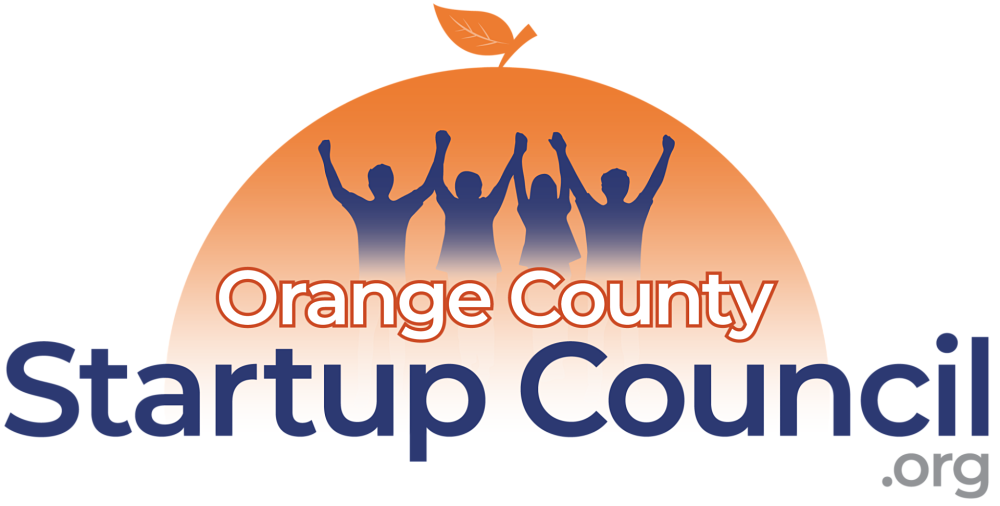RevHub OC: Seeding Innovation Through Social Impact
A Thought Leader Guest Post from Stephan Erkelens of RevHub:
California At A Crossroads
Why Social Impact Must Power The Jobs First Blueprint
California has always been known as the cradle of innovation, driving industry while strengthening people and communities across the state. The California Jobs First Blueprint charts a thoughtful path to build on this foundation by casting a vision of inclusive, future-ready economic growth. To realize its promise, we must build the infrastructure that allows capital, talent, and policy to align toward shared outcomes.
Why We Need An Engine
As California embarks on this journey, we anchor ourselves in our bias toward possibility, merging vision with intentional coordination. The rise of the state’s technology sector, for example, was not accidental. Public research funding, procurement commitments, and private capital were intentionally aligned to reduce risk and accelerate innovation.
Yet when it comes to social innovation, like ventures advancing climate resilience, health equity, and inclusive entrepreneurship, momentum often stalls before it has an opportunity to scale. Many promising local clean energy pilots that have struggled to grow beyond regional impact are illustrative of this trend. They “fizzle” not because of a lack of ideas, talent, intention, but because of access to the networks and funding mechanisms that turn innovation into sustained enterprise. Without these systems that connect and scale, these initiatives risk fading before reaching their potential.
Bridging this system gap requires an innovative, coordinated solution. Fortunately, we can look no further than our neighbor to the north for inspiration. Canada has successfully developed a compelling model of how coordination and commitment can transform outcomes. Through deliberate policy design, it has created mechanisms that blend private and public capital, reduce risk for investors, and hold stakeholders accountable to measurable progress.
Why Canada?
California and Canada share more than an abbreviation. Both are home to about 40 million people and embody cultures of diversity, inclusion, and innovation. Yet economically, California is twice the size, with a GDP of roughly $4.7 trillion compared to Canada’s $2.1 trillion.
Despite its smaller economy, Canada made a bold national commitment to social innovation. Its $755 million Social Innovation and Social Finance (SI/SF) initiative mobilizes private and philanthropic capital to scale ventures that create both economic and social value. If a nation of Canada’s size can invest at that scale, California has the potential to multiply those results many times over.
What The Canadian Model Looks Like
The SI/SF framework is a comprehensive structure for supporting social innovation through:
Social Finance Fund | $755 million in long-term funding to attract private and philanthropic investment.
Investment Readiness Programs | Grants and technical assistance that prepare social ventures for outside capital.
Cross-Sector Collaboration | Councils connecting government, civil society, and investors around shared goals.
Policy Incentives | Tax credits, procurement frameworks, and social finance tools such as bonds.
Local Tailoring | Regional pilots that expand based on proven results.
The impact has been significant. Businesses receiving support demonstrated an 83 percent innovation rate compared to 66 percent among those without assistance, and were 37 percent more likely to generate intellectual property than the national average of 23 percent.
The strength of the Canadian approach lies in its architecture. By linking readiness, accountability, and localized adaptation, it created an ecosystem where innovation moves efficiently from idea to implementation.
How California Can Adapt
The question becomes: what would it take for California to create a comparable model? After consulting with Canadian experts, state leaders, and industry partners, we have identified three levers that can generate long-term, inclusive growth.
1. Accelerate Climate Action Entrepreneurship
By supporting small- and mid-sized climate ventures through innovation vouchers, incubation, and acceleration, California could generate up to sixfold economic returns over a decade. These businesses drive clean energy, strengthen community resilience, lower emissions, and create quality jobs.
2. Unlock Capital For Social Enterprises
Incentivizing investment in mission-driven enterprises could mobilize billions in private capital. For every public dollar invested, California might see as much as eightyfold in long-term returns, catalyzing up to $10 billion in impact investment within ten years. These ventures deliver market-based solutions to pressing challenges in health, workforce development, and housing.
3. Expand Inclusive Entrepreneurship
Lowering barriers for underrepresented founders through education, mentorship, and digital access is not an act of charity; it is sound economic strategy. Expanding networks through community colleges, regional ecosystem hubs, and digital equity programs could yield thirty to sixtyfold returns, generating billions in new economic activity while broadening who benefits from California’s growth.
RevHub’s Perspective: Ambition With Humility
RevHub’s initiatives such as NorthSTAR OC, the Climate Action Business Incubator, and our impact capital ecosystem demonstrate what aligned systems can achieve. We have seen success, but also understand where fragmentation limits progress.
No single organization, fund, or program can transform an entire system alone. Our purpose is to connect the capital, mentorship, and infrastructure that move ideas from pilot to scale.
California can build upon the Canadian framework, but success will depend on designing approaches tailored to its regions and people. The process will require humility, experimentation, and persistence. What worked in Ottawa may not work in Oakland, but the underlying principle remains: collaboration is the foundation of sustainable progress.
A Call To Action
The Jobs First Blueprint provides a roadmap. The Canadian example offers a tested structure. What California needs now is the collective resolve to build its own version, an engine capable of advancing climate action, social enterprise, and inclusive entrepreneurship at scale.
If we commit to this path, California can shape the future of innovation and define what shared prosperity means in the twenty-first century. The choice before us is clear: fragmented progress or systemic transformation. The future belongs to those who choose the latter.
Read this article at linkedin.com...
Thanks for this article and its graphics to Stephan Erkelens, CEO of RevHub.
Want to share your advice for startup entrepreneurs? Submit a Guest Post here.

